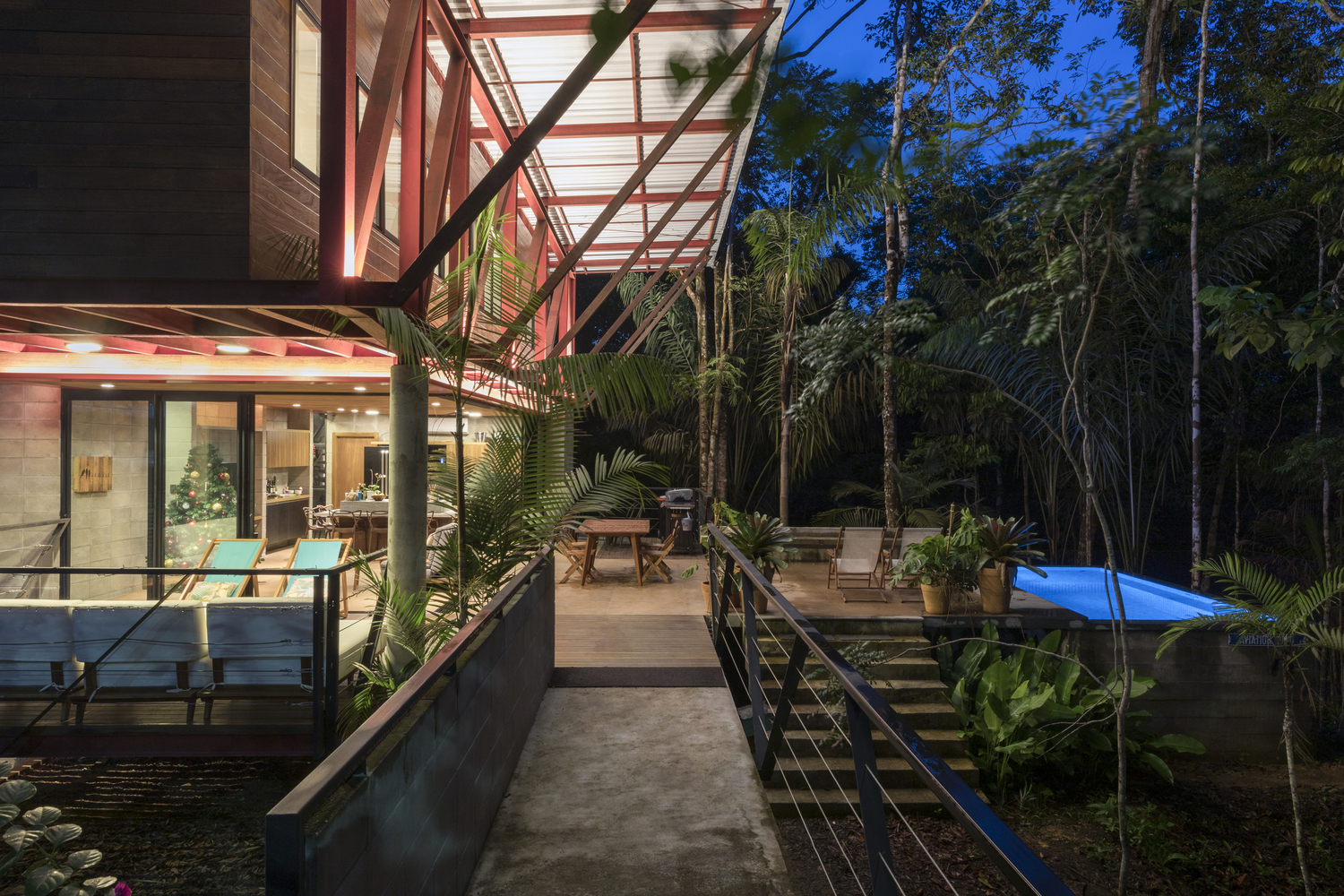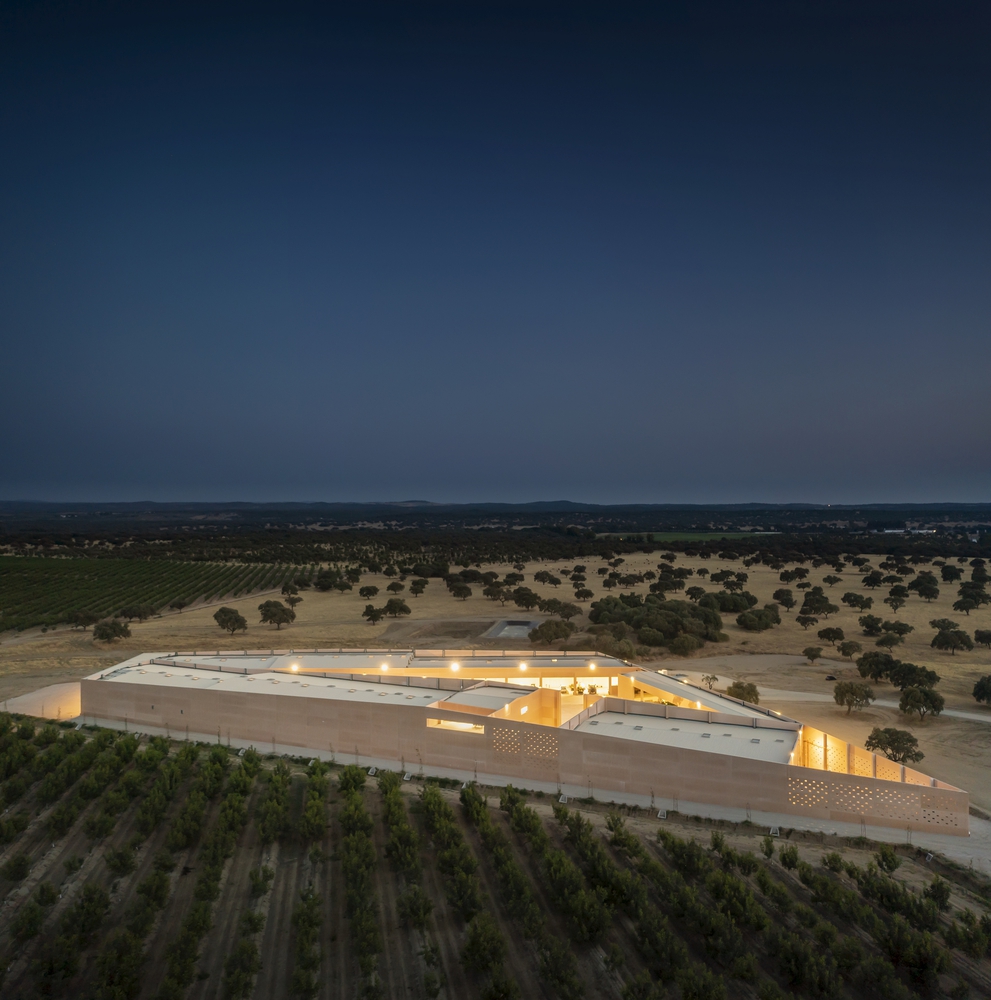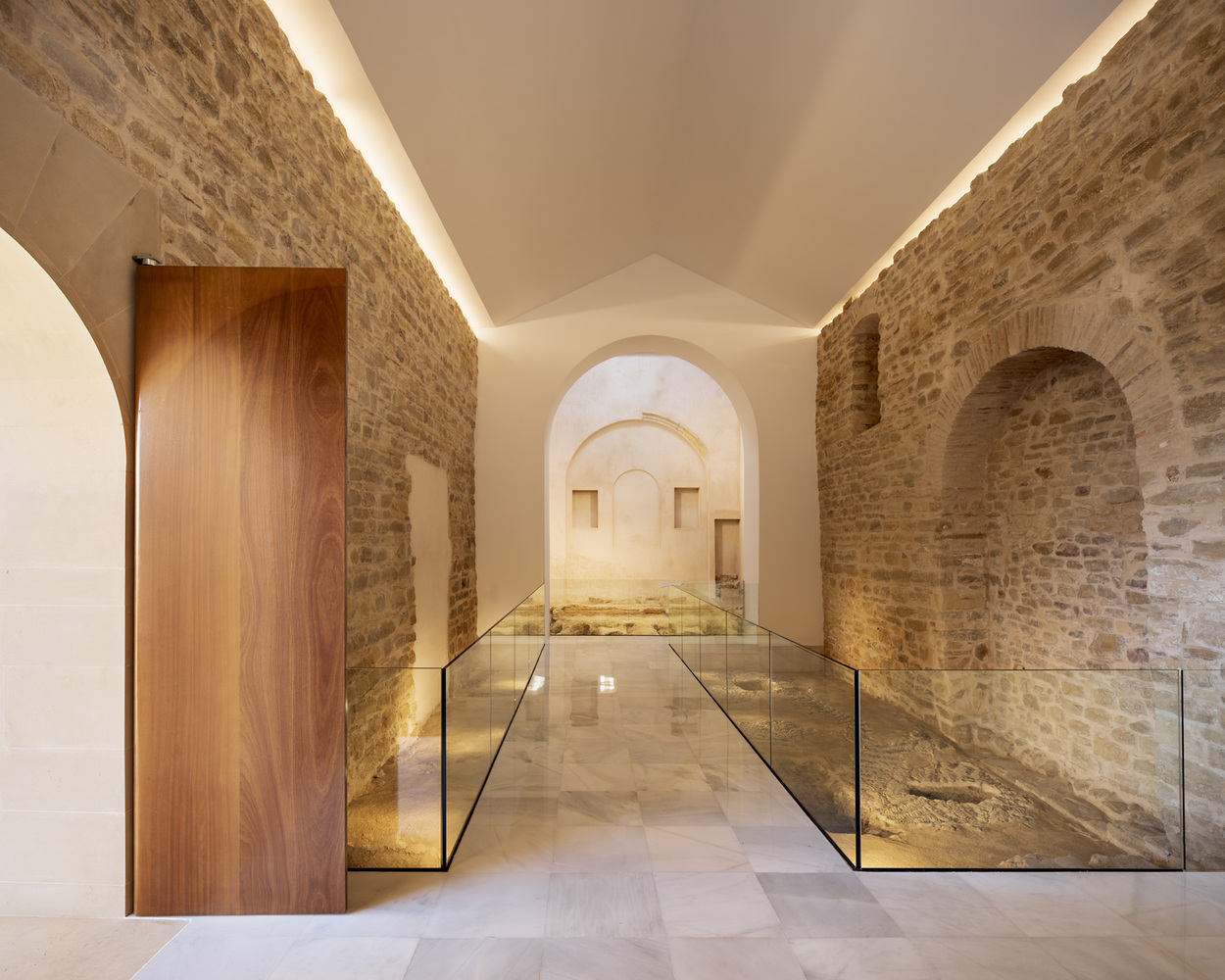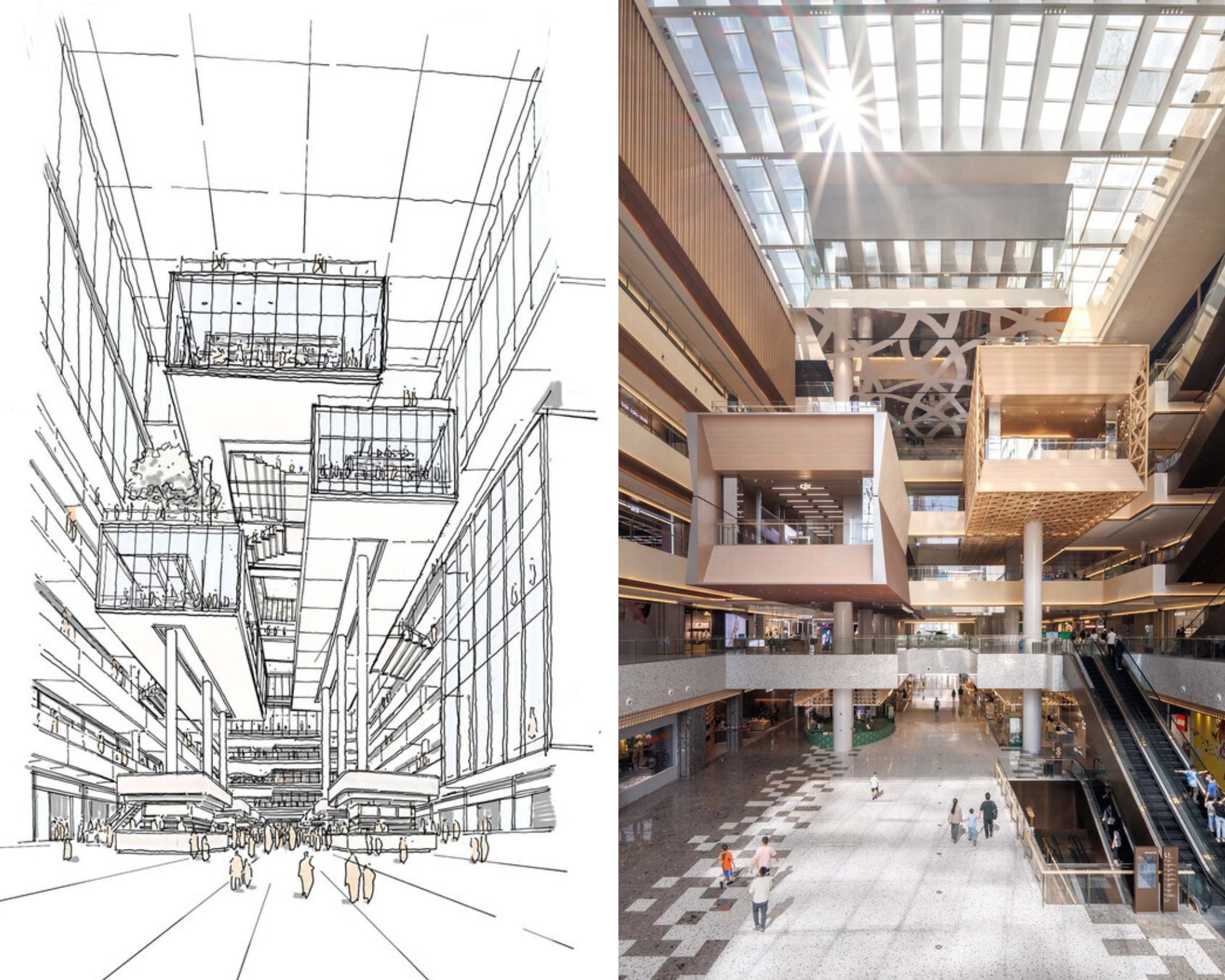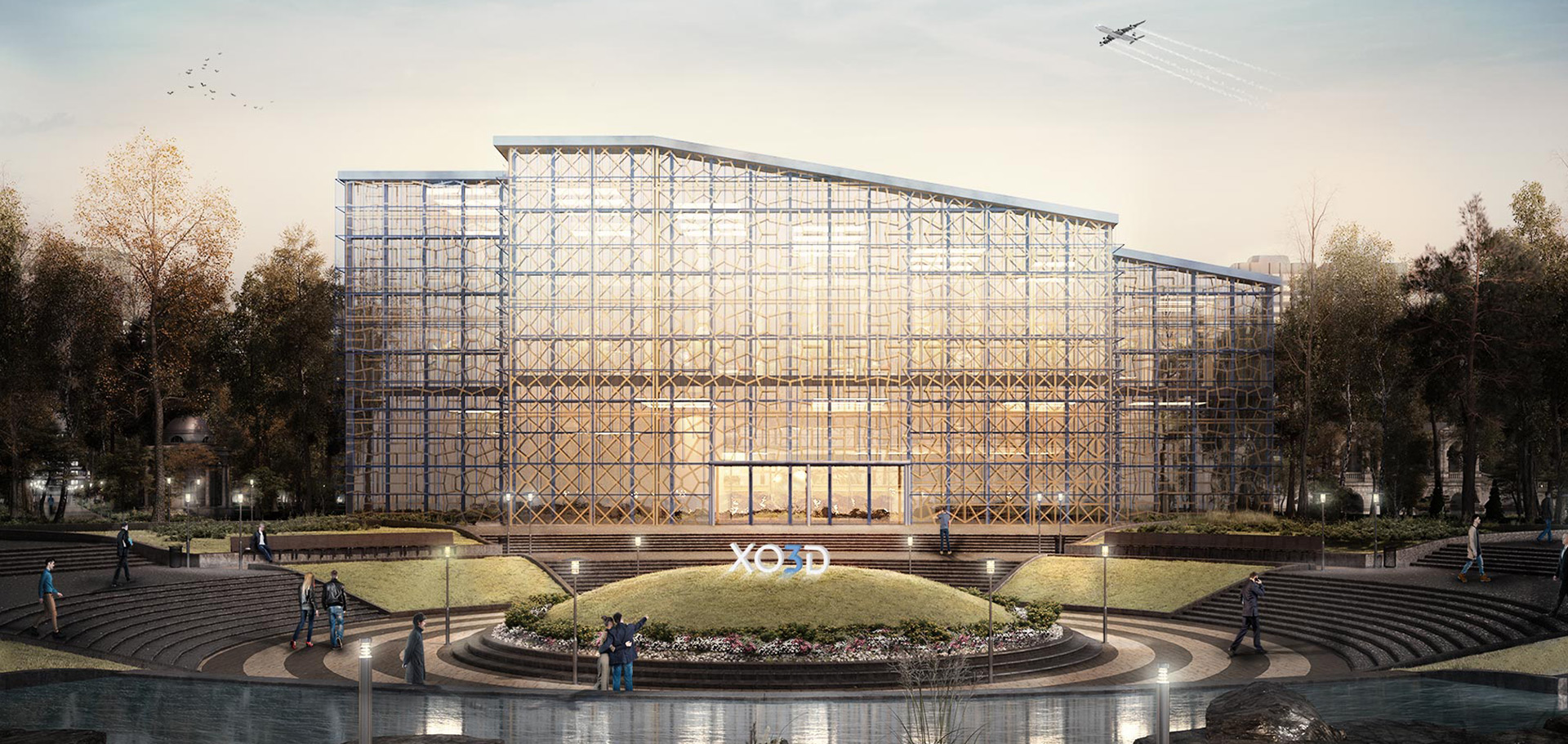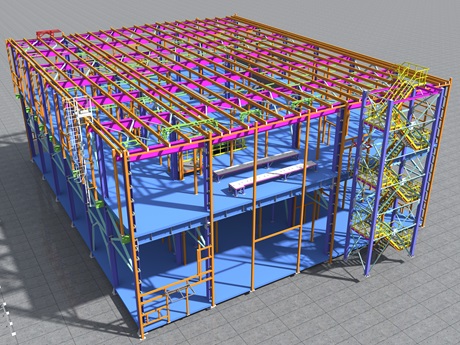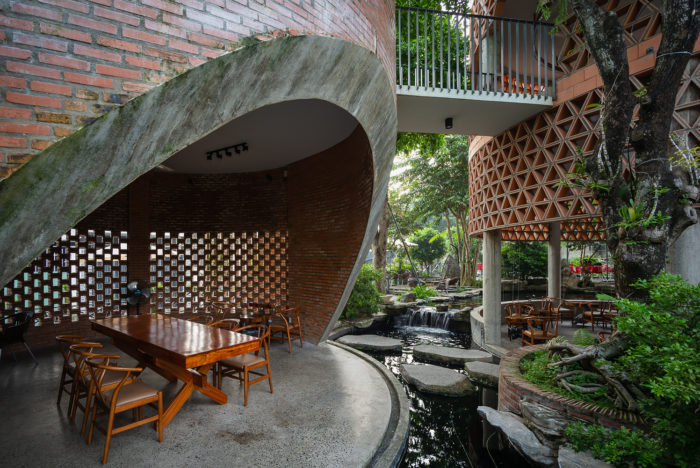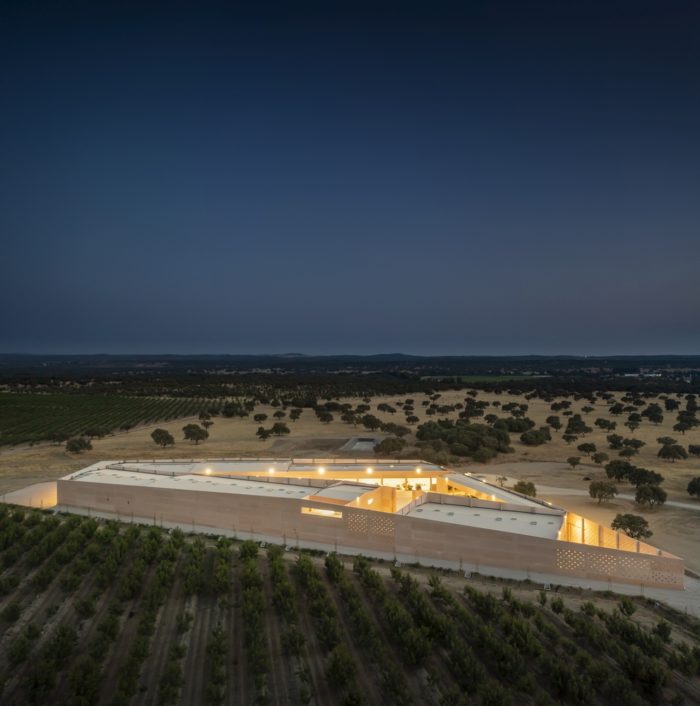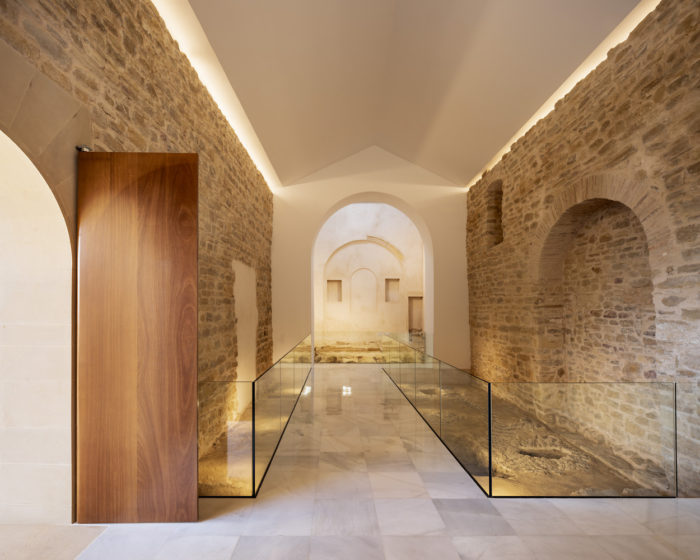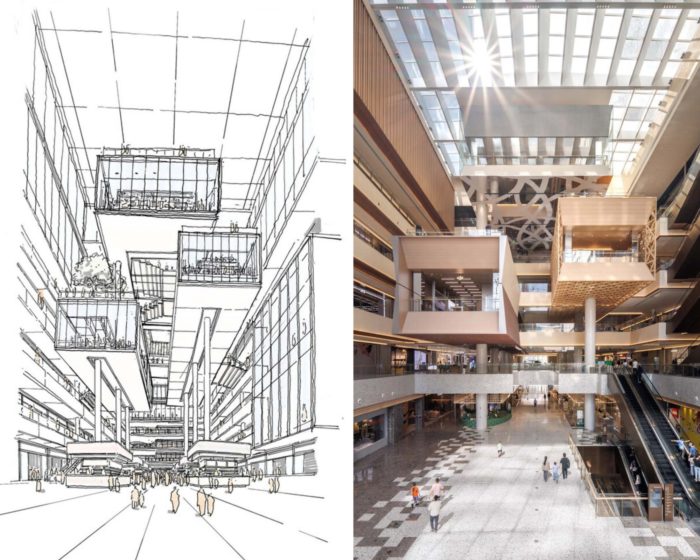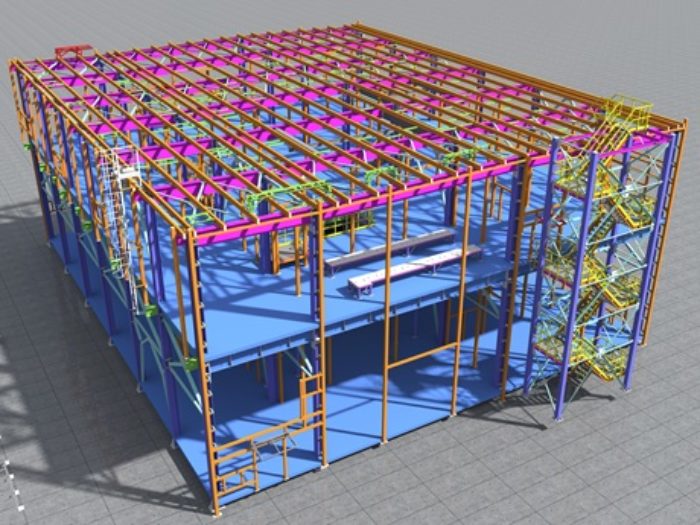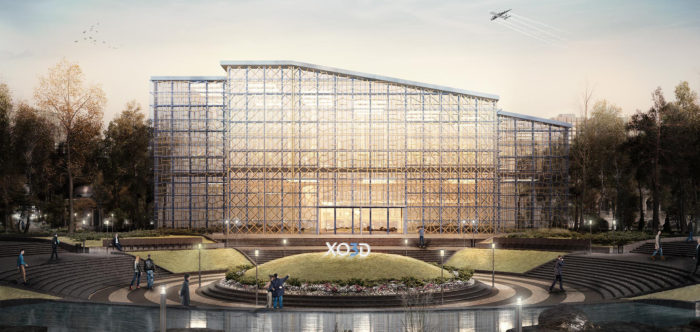Architecture is, by nature, an experimental field. Our different personalities, backgrounds, and the different yet particular needs of the built environment require different specializations. What are the different types of architects? Whether you are trying to decide the concept and scope of your project or what path you want to pursue, you need to experiment with different styles.
The experiences can be harvested from being on-site, learning from experts, or pursuing self-learning. If you are beginning from scratch, we have covered you with our recommendations for The Best E-Learning Platforms for Architects and Engineers. Even being an architecture teacher yourself will teach you a lot. The experiences will shape your architectural persona and help you master the trade you need to!
What Do Architects Do?
Architecture is one field that includes various career options, owing to the several topics that fall under its domain. Architects work on scales from a small room in a house to an entire city. They design, develop, present, and supervise all sorts of projects. Their knowledge, design skills, and artistic sense make them capable of approaching other paths like graphic design, product design, or game design.
What are The Different Types of Architects?
An architect can opt to be a jack of all trades or specialize, and here we give you a brief on the twelve types of architects you are likely to be one of at some point in your career.
1) Residential Architect
Residential buildings have become seemingly identical after the standardization that followed the industrial revolution in the past century. However, some neighborhoods still enjoy the merits of beautifully customized residences; this is where Residential Architects work.
They deal with clients who would like to have their own customized houses designed. They take note of their spatial and functional requirements and start to develop the plans, layouts, and elevations. They estimate the costs of materials and services and the time needed to complete the construction and finishing.
Also Read: 10 Renowned Architects From a Basic Architect Salary to the Richest in the World
2) Commercial Architect
A well-designed building is aesthetically pleasing and functional, and the functionality varies according to the type of space being designed. A successful commercial or public building design is highly dependent on a flowing and self-guiding circulation that optimizes the experience for the building users.
For example, a well-designed shopping mall lets the buyers find their way and get what they need quickly without getting lost or walking more than they should. Commercial Architects are supposed to make that happen. They specialize in non-residential buildings, requiring engineering, construction, and artistic skills. It also requires full awareness of building codes, safety regulations, and construction costs.
3) Interior Designer
Designing and styling the interior of an apartment, an office, or a restaurant requires artistic sense and technical knowledge. Interior designers deeply understand materials, fabrics, colors, and furniture design basics. Some architects prefer to work on a large scale and not get involved with such details, while others, like the pioneer Frank Lloyd Wright, prefer interior design for their projects.
Also Read: Top 10 Interior Design Schools around the World
4) Green Design Architect
With the recent changes in climate and the remarkable decline in non-renewable energy resources, the role of Green Design Architects has become essential. Green Design Architects are responsible for making eco-friendly and energy-efficient architectural designs. They continuously work on innovating effective green design methods with minimal environmental impact. These architects should be knowledgeable in aerodynamics, sun, and shading, as well as the properties of materials.
5) Landscape Architect
Landscape architecture concerns outdoor spaces like parks, gardens, neighborhoods, campuses, and public areas. Landscape architects design these spaces to be efficient, engaging, and harmonious with the environment. They accordingly decide the locations for buildings, walkways, greenery, and other hardscape elements.
Landscape architects also choose the materials for the walkways and the types of trees and shrubs for the green areas, so they need to have a background in the science of urban horticulture. They should know the suitable materials and plants for different climates and uses.
Also Read: Why PhD Architects Fail as Professors of Practice
6) Urban Designer
Urban Design is a broad subject that employs other specializations like building architecture, landscape design, and green design. It deals with the scales of neighborhoods, districts, and cities. Urban designers are in charge of grouping buildings and designing nodes, paths, and street networks.
So, they give the city its shape and sense of order. They can design cities from scratch or develop existing ones. Urban designers also face a more comprehensive range of economic, political, and cultural issues. They also have to be in touch with their communities, which are their clients.
7) Industrial Architect
The architecture of an industrial facility can be vital to its functionality. They need a suitable envelope that aids the flow of the industrial process taking place inside, and that is what Industrial Architects specialize in. They fully understand the different industrial processes and design efficient and functional buildings that can hold them accordingly.
8) Conservation / Restoration Architect
When it comes to older buildings and other structures, conservation or restoration architects are the ones to call. They frequently work with restoration initiatives to help keep educationally significant historic structures standing. To properly restore a structure, one must fully comprehend its historical context, which can only be gained through investigation, documentation, and inspection.
9) Lighting Architect
Architectural lighting architects know the significance of illumination in terms of airflow and aesthetics. These architects investigate the effects of both natural and manufactured light on the human brain. To make a sustainable and pleasant space, they consider variables like the quantity of light needed, its spread, hues, and intensity in their designs.
10) Historic Preservation Architect

Recovery of the Old Manresa Slaughterhouse FUB3 / Manciñeiras/Parés arquitectes associats. ©Isabel Casanova Cornejo
An architect specializing in historic preservation studies and protects older buildings with cultural or physical value. They determine a structure’s worth by considering its age, construction quality, and current state. They can plan and implement renovations and improvements that are sympathetic to the building’s original aesthetic while extending its useful life.
11) Site Architect
Site architects and engineers are the people who not only plan the entirety of a building or infrastructure project but also oversee its physical realization. Site engineers and architects design the basic layout of a building. Still, the fabricators turn these blueprints into the precise construction documents that the site architects and designers oversee. Usually, these professionals have a bachelor’s degree in architecture or a closely related specialty.
12) Extreme Architect
Extreme architects are trained experts in designing and building for harsh environments. Due to the increased frequency of natural catastrophes brought on by climate change, more and more land has been designated as extreme zones, necessitating the expertise of extreme architects.
Other Careers in Architecture:
If you’re considering a job in architecture, here are some alternatives to consider.
1) Urban Planner

The architectural models of Tokyo in Roppongi Hills Mori Tower in downtown Tokyo. ©Antony Tran / World Bank / CC BY-NC-ND
An urban planner, also known as a city planner, designs public places with the public’s comfort and enjoyment in mind. They consider increasing population and social facilities like playgrounds and open spaces. Revitalizing older cities or creating new neighborhoods are both goals that urban planners can pursue. An urban planner’s educational requirements are similar to an architect’s.
Also Read: Urban Planning Software: 10 Best Urban Mapping Tools to Elevate Your Design’s Concept
2) Architectural Historian
An architectural historian is a specialist in the field who researches and writes about buildings and the periods in which they were constructed. Professional opportunities for these individuals exist in academia, museums, libraries, and as freelance scholars.
They may visit significant architectural locations and typically have a background in architecture or creative arts, which allows them to recognize periodic design elements from different eras. These experts may gather information about a subject and publish a book on it, or they may give a talk to a group of fellow architects or researchers who are interested in the subject.
3) Architect Job Captain
Job captains in the architectural field are the de facto team leaders for any construction project, including creating structural and aesthetic designs. These highly skilled architects handle and direct the work of less senior architects and drafters. Usually, these professionals hold a bachelor’s degree in architecture or a closely related specialty.
4) Structural Designer
Working under the direction of architects and engineers, structural designers create blueprints and computer models of buildings. These experts create blueprints for buildings, ships, and bridges and ensure their inhabitants’ protection, ease of use, and aesthetic enjoyment. A bachelor’s degree in architecture or a closely related subject is the norm for these professionals.
5) BIM Modeler
Architects and engineers rely on models created by a building and information modeling (BIM) modeler. Although they may not have a formal education in architecture, BIM modelers still depend upon numerous aspects of their abilities as architects and engineers. Because of this, many people who work with building information modeling go on to earn credentials in architecture.
6) Senior Graphic Designer
The senior graphic Designer employs digital and tangible design tools to create visual representations of architectural plans and specifications. This type of expert frequently collaborates with architectural crews and designers to create the architectural framework of a building project through planning, outlining, and designing building plans. A bachelor’s degree in architecture or a closely related subject is the standard educational requirement for senior graphic designers.
Finding Your Way
Studying architecture opens the door to many paths requiring hard work, dedication, and creativity. Deciding on one of them may not be easy. One way to do it is trial and error, or you can consult with teachers and practitioners. If you are one of those who has always known exactly what they want, then consider yourself lucky.
FAQS:
What type of architect makes the most money ?
The five highest-paid architectural specializations are landscape architects, architectural technologists, architectural designers, preservation architects, and green building and retrofit architects.
What type of education is required to be an architect?
To practice architecture legally, one must obtain a bachelor's degree from an accredited institution. First-level professional education is defined as studying in a school recognized by the National Architectural Accrediting Board (NAAB). A bachelor's degree from a NAAB-approved institution typically takes five years to complete, while a master's degree takes three years to complete.
What type of math do architects use?
There is a significant part for the mathematical disciplines of geometry, algebra, and trigonometry in architectural design. Architects use these mathematical formats in the preparation of plans and preliminary sketches. They also assess the potential for challenges that will need to be overcome by the construction crew as they bring the concept to fruition in three dimensions.
